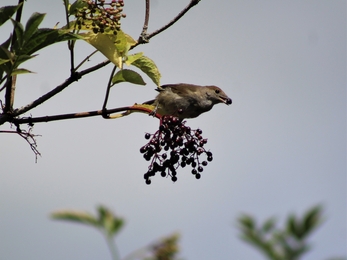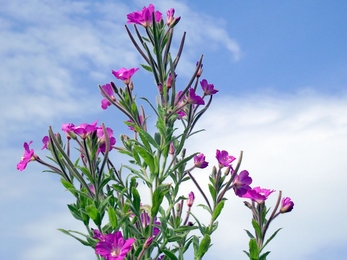‘Rewilding’, ‘wilding’, ‘re-naturing’, and ‘ecological restoration’ are all terms used for a journey that has the same goal, creating and restoring species abundance. This is at the very heart of our Species Survival Fund project. We’ve been granted funding from Defra delivered through the National Lottery Heritage Fund to restore and create species rich habitats.
Theres a common perception that rewilding means leaving land to heal by itself, while this can be true and can yield good results, most rewilding projects have some level of human intervention to kick start and nurture the natural processes. Our historic restructuring of the land by mechanical interventions such as filling ponds, creating ditches, flattening for land use has scarred the land and it often needs a nudge to get it back on track to support a thriving ecosystem.
Nature has done an amazing job over millions of years of refining its natural processes. For example, plants developing various ways to disperse their seeds. Elder trees produce berries containing seeds that can withstand being ingested so they can be deposited elsewhere by birds. Willowherbs produce lightweight seeds that a whisper of wind can carry to bare soil made by a rootling pig. Species have always relied on each other to survive.






